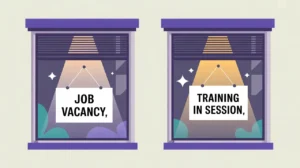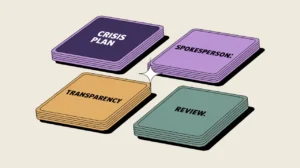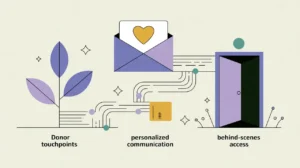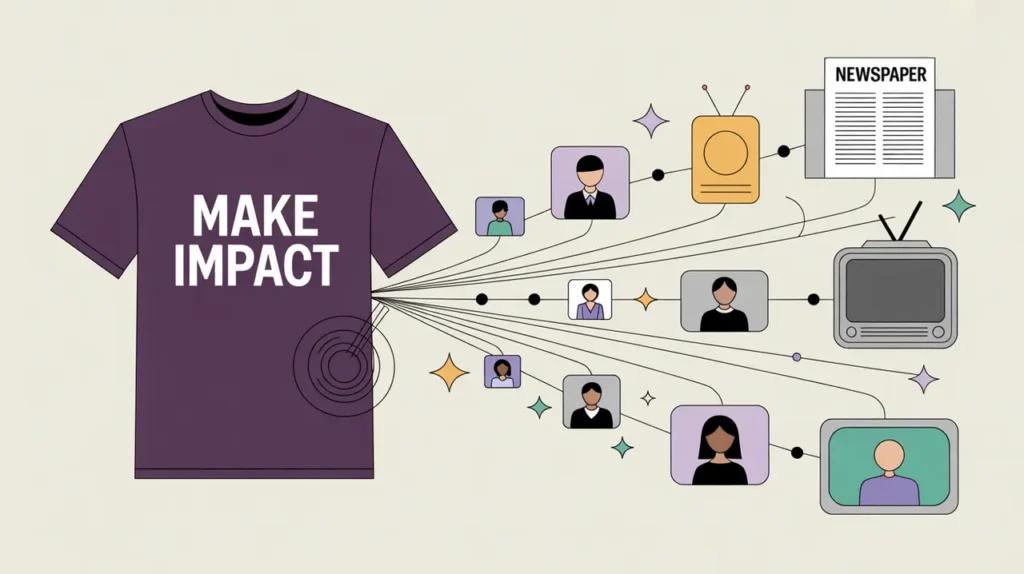What Do Advocacy Campaigns & Policy Influence Involve?
Advocacy campaigns and policy influence focus on shaping public opinion and government decisions to address systemic issues. Advocacy campaigns mobilize communities, amplify voices, and raise awareness on critical causes. Policy influence translates that momentum into institutional change by engaging lawmakers, regulators, and decision-makers. Together, they connect grassroots energy with top-level reform.
In practice, advocacy includes designing campaigns, building coalitions, creating compelling narratives, and organizing public actions. Policy influence requires research, policy briefs, consultations, and lobbying to ensure community needs are heard in formal decision-making spaces. The strength of this function lies in aligning citizen voice with institutional power to create sustainable change.
When nonprofits neglect advocacy and policy work, they risk limiting their impact to service delivery alone. Strong performance in this area ensures that programs scale into systemic improvements that affect entire populations.
What Competencies are Associated with this Role?
Advocacy and policy work demand organization, persuasion, and relationship-building. Competencies include:
- Designing advocacy campaigns with clear goals and strategies
- Building coalitions and alliances across sectors
- Crafting messages that mobilize supporters and resonate with decision-makers
- Developing policy briefs, position papers, and legislative recommendations
- Engaging policymakers, government agencies, and international institutions
- Coordinating public events, forums, or awareness drives
- Using evidence and data to support advocacy claims
- Navigating political and cultural dynamics
- Managing advocacy risks and reputational considerations
- Measuring campaign effectiveness and policy outcomes
How Might AI and Automation Help this Role?
AI and automation can accelerate advocacy planning and broaden influence. Opportunities include:
- AI-driven policy scans and trend analysis
- Generative AI to draft advocacy briefs and campaign materials
- Automated monitoring of legislative calendars and decisions
- Sentiment analysis of public opinion and media coverage
- Predictive analytics to identify policy windows and opportunities
- AI-powered coalition mapping and stakeholder analysis
- Automated reporting on advocacy reach and engagement
- Translation tools for global and multilingual advocacy campaigns
What are the Roles by Experience Level?
Roles span from advocacy support to senior policy leadership:
- Entry: Advocacy Assistant, Policy Associate – conduct research, draft materials, manage logistics
- Mid: Advocacy Officer, Policy Specialist – design campaigns, engage stakeholders, prepare briefs
- Senior: Advocacy Manager, Policy Lead – oversee strategy, build coalitions, lead negotiations
- Executive: Director of Advocacy, Chief Policy Officer – set institutional advocacy agenda, manage high-level relationships, represent the organization externally
How Transferable are the Skills from this Role?
Advocacy and policy skills transfer across nonprofit, public, and private sectors. Within nonprofits, they prepare staff for roles in leadership, strategy, and partnerships. Beyond nonprofits, they align with careers in government, think tanks, political campaigns, and corporate public affairs. The ability to mobilize voices, influence policy, and connect causes with systemic change is valuable wherever social or institutional shifts are pursued.







